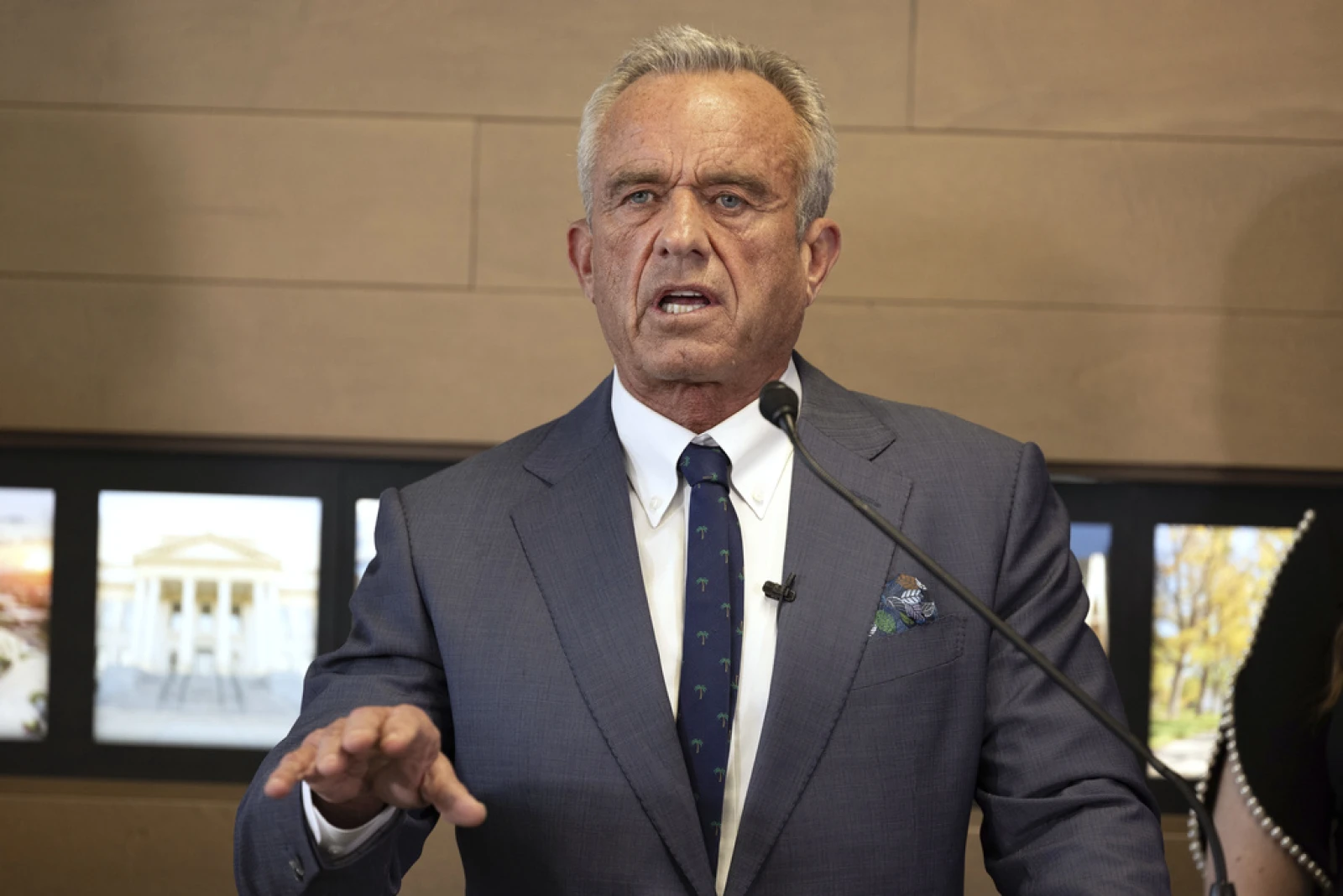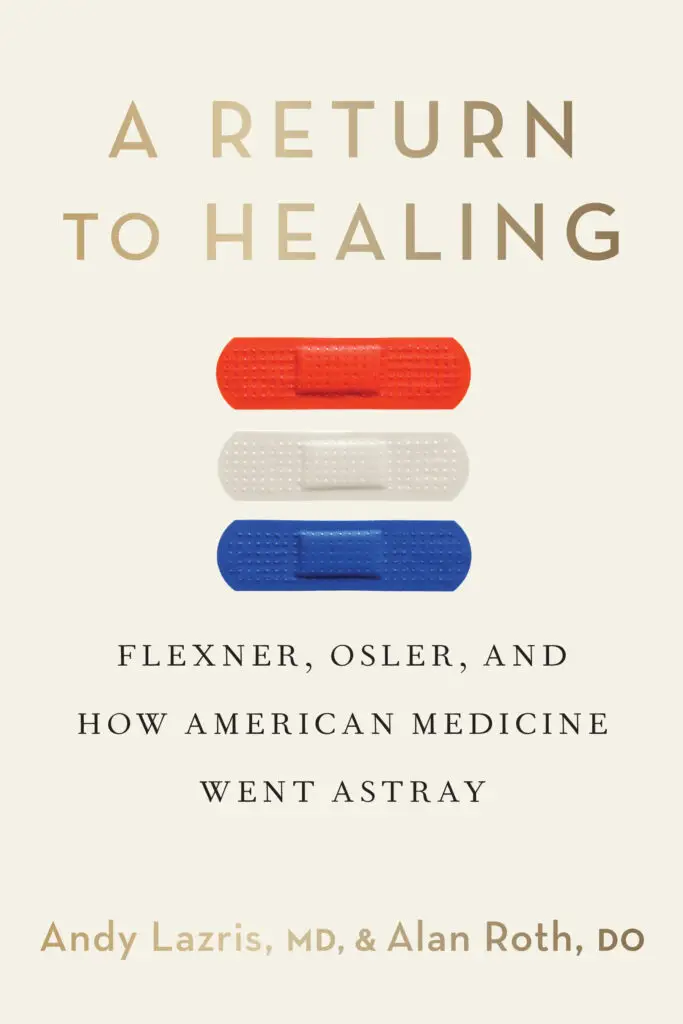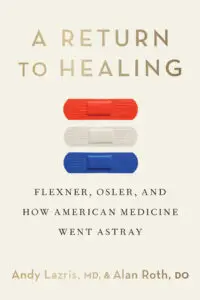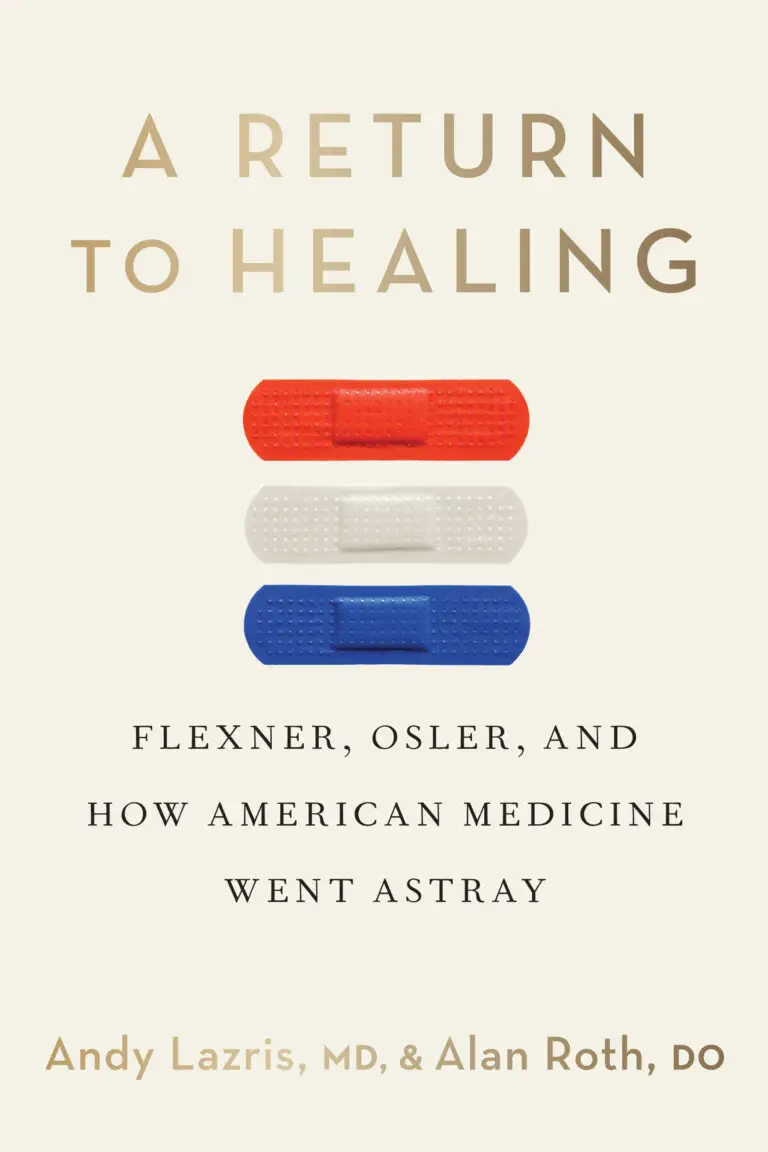Words matter—especially in the medical record. Biased documentation doesn’t just offend patients; it damages trust and care.
Biased medical documentation is more than a wording issue—it’s a hidden driver of health inequity. When medical records include judgmental or inaccurate language, patients face real consequences: delayed diagnoses, miscommunication, and a breakdown in trust.. From inaccurate racial identifiers to judgmental language, the words clinicians use in the chart shape how future providers treat patients. They also influence whether patients feel respected and safe enough to seek care.
In this vital article from American Family Physician, Drs. Andy Lazris and Alan Roth examine how biased medical documentation perpetuates health disparities—especially among marginalized communities. Supported by real patient stories, the piece offers practical steps clinicians can take to write notes that foster equity, not injustice.
How Biased Documentation Creates Harm
When a provider begins a chart with, “55-year-old African-American male with uncontrolled blood pressure due to noncompliance,” it may seem routine—but it can embed lasting bias. In the featured case, the patient was actually Dominican, not African American, and had missed medications and follow-ups due to insurance delays—not disregard for care.
This single line set the tone for future clinicians who reviewed the record. As the article explains, this practice:
Reinforces harmful stereotypes and mislabels patients
Undermines patient-provider trust
Impacts clinical decision-making and follow-up care
Leads to stigmatization, especially in patients from racial, ethnic, or low-income backgrounds
Bias in documentation also spreads from one provider to the next. When trainees and colleagues read language like “noncompliant,” “poor historian,” or “difficult patient,” they inherit those assumptions—often unconsciously.
The Systemic Roots of Health Disparities
Beyond individual bias, the article calls attention to the structural racism built into healthcare systems. Disparities in insurance, access, and affordability continue to disproportionately affect people of color and those in low-income jobs. These patients are more likely to:
Be misdiagnosed or undertreated
Face greater financial barriers
Feel unwelcome or unheard in medical settings
The COVID-19 pandemic made these inequities more visible. Millions lost Medicaid coverage, and hospital billing systems added stress to already vulnerable lives. Without structural reform, documentation bias will remain just one symptom of a much deeper problem.
A Return to Healing: Document With Respect, Treat With Humanity
This article echoes a foundational message from A Return to Healing: real change in healthcare begins with seeing the whole person, not just a chart. Clinical notes should reflect what the patient says, not what the provider assumes. They should avoid labeling and center on clarity, respect, and patient self-identification.
Here’s what clinicians can do today:
Use person-first language
Only document race/ethnicity if clinically relevant and patient-identified
Avoid judgmental terms like “noncompliant” or “refused”
Promote inclusive practices and advocate for antiracist systems
Bias-free documentation is more than ethical—it’s essential to trust, safety, and care quality. Addressing biased medical documentation is essential to creating a healthcare system that treats all patients with equal respect and accuracy.







